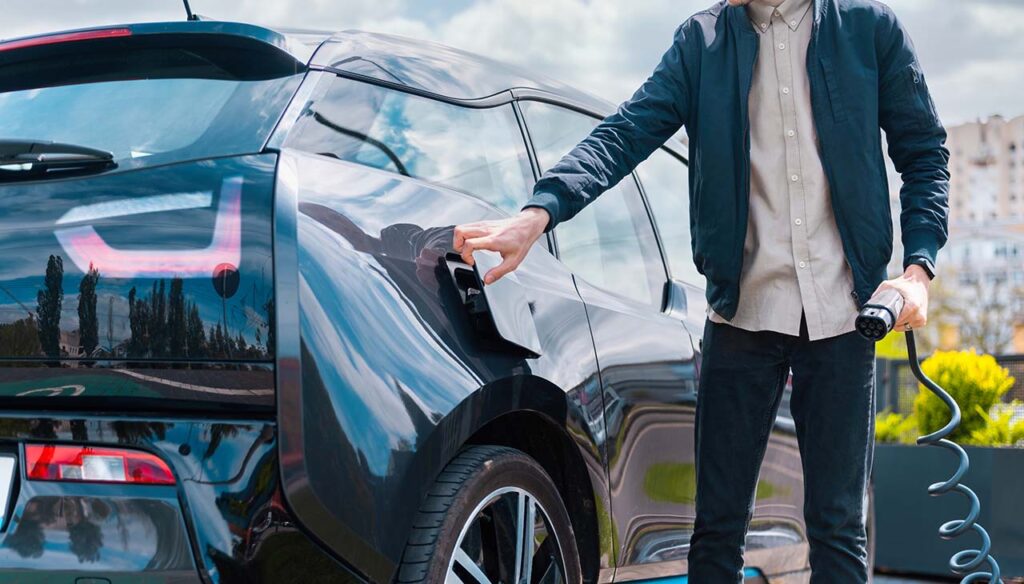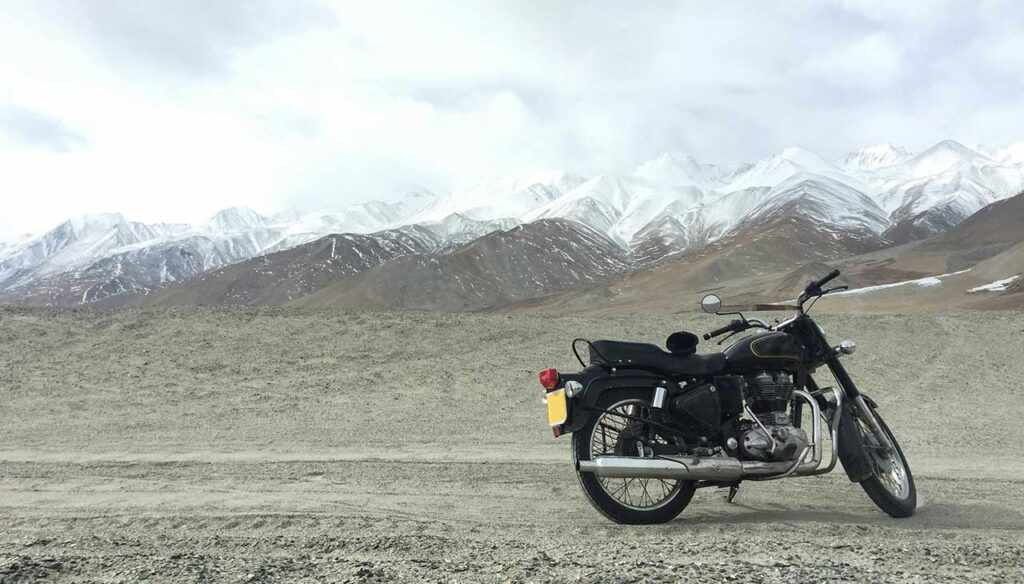Motorcycle insurance, much like auto insurance, is not merely an option but a necessity. It provides financial protection in the event of a motorcycle accident, theft, or damage. Motorcycle insurance policies may also cover liability if the policyholder is responsible for another person’s injuries or property damage. This document delves into the intricacies and key aspects of motorcycle auto insurance, providing valuable insights to ensure riders are equipped with the knowledge to make informed decisions.
Types of Motorcycle Coverage
Liability Coverage
Liability coverage is a fundamental aspect of a motorcycle insurance policy. It covers expenses associated with bodily injury or property damage that the policyholder causes to others in the event of an accident. It’s essential to note that liability coverage doesn’t protect the policyholder’s personal injuries or damages to their motorcycle.
Collision Coverage
Collision coverage comes into play when your motorcycle is involved in a collision with another vehicle or object, regardless of who is at fault. This coverage helps pay for repair or replacement costs of your motorcycle. It’s important to remember that collision coverage typically comes with a deductible.
Comprehensive Coverage
Comprehensive coverage offers protection beyond accidents and collisions. It covers damages caused by events that are often out of your control, such as theft, vandalism, fire, or natural disasters. Similar to collision coverage, comprehensive coverage also usually includes a deductible.
Uninsured/Underinsured Motorist Coverage
Uninsured/Underinsured motorist coverage protects you when you’re involved in an accident with a motorist who either doesn’t have insurance or whose insurance is insufficient to cover your damages or injuries. This coverage is particularly crucial given the unfortunate reality of many motorists driving without adequate insurance coverage.
Factors Affecting Motorcycle Insurance Premiums
Rider’s Age and Driving Experience
The age and driving experience of the rider play a significant role in determining the cost of motorcycle insurance premiums. Generally, younger riders and those with less experience tend to pay higher premiums due to perceived higher risk. Insurance companies often offer lower rates to mature and experienced riders who have a proven track record of safe riding.
Type of Motorcycle
The make and model of the motorcycle also affect the insurance rate. High-performance motorcycles, such as sports bikes, usually come with higher premiums because they are more likely to be involved in accidents and are more appealing to thieves. Conversely, lower-powered bikes and tourers typically attract lower insurance costs.
Location
Geographical location is another key factor. Premiums can be higher in urban areas where the risk of accidents and theft is greater than in rural areas. Similarly, regions with year-round riding weather might have higher premiums due to the increased risk of incident from more frequent riding.
Riding History
A rider’s history, including previous accidents, traffic violations, and claims, can significantly influence insurance premiums. Riders with a clean driving record are often rewarded with lower premiums, while those with a history of accidents or violations may face increased rates due to the higher perceived risk.
Discounts and Savings Opportunities
Multi-Policy Discounts
Insurance companies often offer multi-policy discounts to customers who bundle their motorcycle insurance with other types of insurance policies from the same company, such as home or auto insurance. This approach not only provides financial savings but also simplifies policy management for the policyholder.
Safety Course Discounts
Riders who have completed an approved motorcycle safety course may be eligible for discounts on their motorcycle insurance premiums. These courses equip riders with essential safety skills and knowledge, reducing the likelihood of accidents, and thus, claims.
Good Rider Discounts
Good rider discounts are typically offered to those who have a clean riding history with no accidents or traffic violations. This discount incentivizes safe riding, rewarding those who demonstrate responsible behavior on the road.
Anti-Theft Device Discounts
Motorcycles equipped with approved anti-theft devices may qualify for discounts on their insurance premiums. These devices deter theft and make recovery more likely in the event of theft, thereby reducing the risk for the insurance company.
Tips for Getting the Best Coverage
Shop Around and Compare Quotes
To secure the best deal on your motorcycle insurance, it’s advisable to shop around and compare quotes from different insurance providers. By doing so, you can assess the variations in pricing and coverage options to identify the policy that best suits your needs and budget.
Understand Policy Limits and Deductibles
Understanding your policy limits and deductibles is crucial in making an informed decision about your insurance. A policy limit is the maximum amount your insurer will pay for a covered loss, while the deductible is the amount you pay out of pocket before your insurance kicks in. Higher deductibles usually result in lower premiums, but it also means you’ll pay more out of pocket in the event of a claim.
Consider Additional Coverage Options
While having the basics covered is essential, you might want to consider additional coverage options for more comprehensive protection. These could include accessory coverage for custom parts and equipment, roadside assistance for breakdowns, or trip interruption coverage for expenses like lodging and transport if your motorcycle breaks down far from home.
Review and Update Your Policy Regularly
Insurance needs can change over time. It’s important to review and update your policy regularly, especially after significant changes such as purchasing a new motorcycle, moving to a new location, or modifying your bike. Regular reviews ensure your coverage remains appropriate and you’re not paying for unnecessary coverage.
Common Claims and How to Handle Them
Accidents and Collisions
Accident and collision claims are among the most common in motorcycle insurance. If you’re involved in an accident, it’s crucial to first ensure everyone’s safety and call for medical help if necessary. After that, gather necessary information such as the other party’s contact and insurance details, photographs of the scene, and witness statements if any. Contact your insurance company as soon as possible to report the incident and initiate your claim.
Theft and Vandalism
In the unfortunate event of theft or vandalism, file a report with the local police right away, providing as much detail as possible. Notifying your insurance company should be your next step. Provide them with the police report and any additional information they might need such as photographs of the damage or the last known location of the vehicle.
Damage from Natural Disasters
Natural disasters can cause significant damage to motorcycles. After ensuring personal safety, contact your insurance provider to report the damage. You’ll typically need to provide details about the incident and the damage incurred. It may also be helpful to have photographic evidence of the damage caused by the disaster. Remember, comprehensive coverage is needed for claims related to natural disasters.






